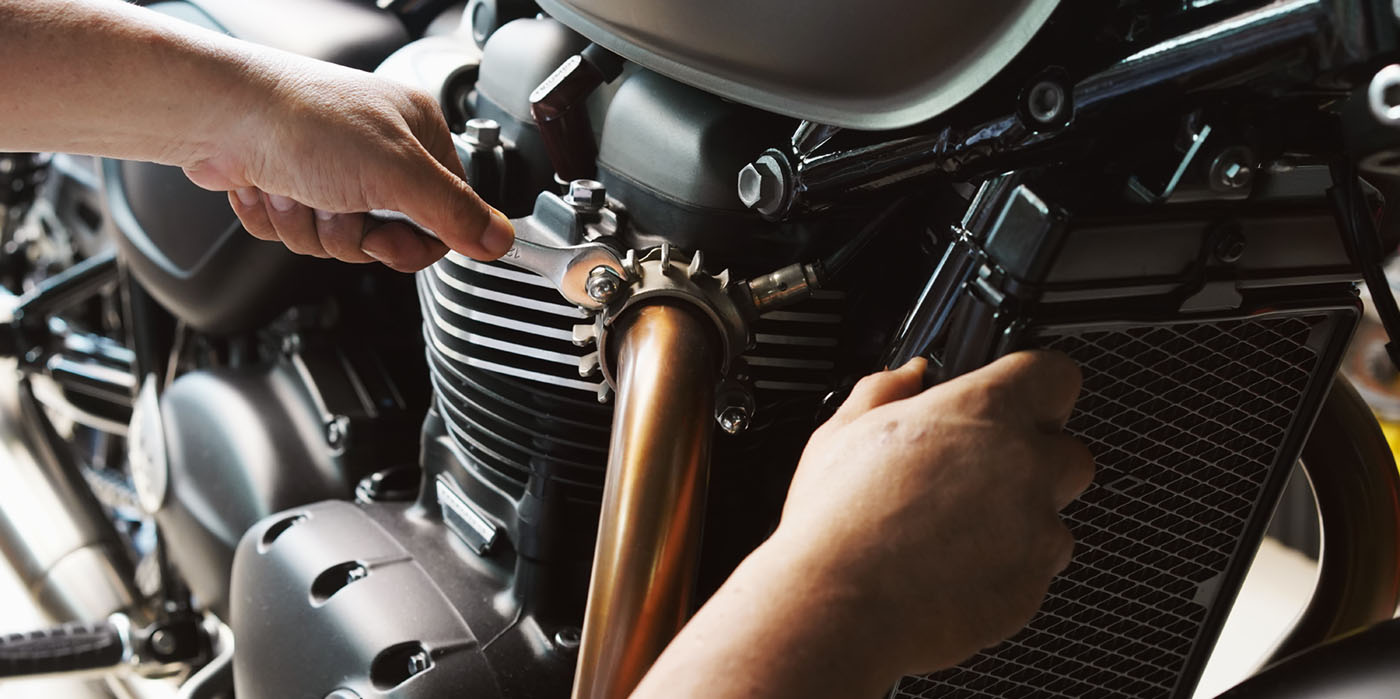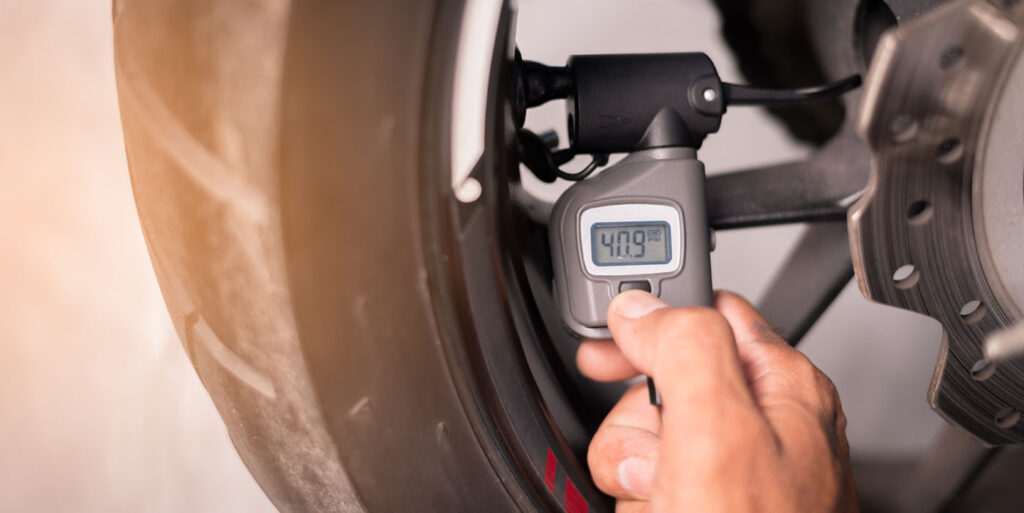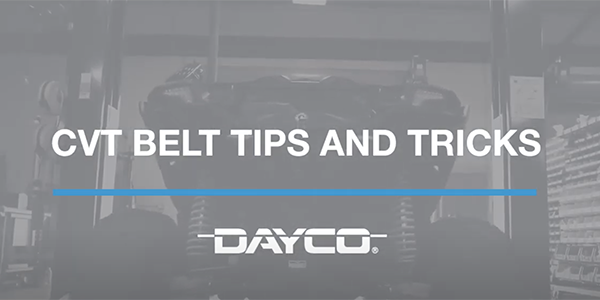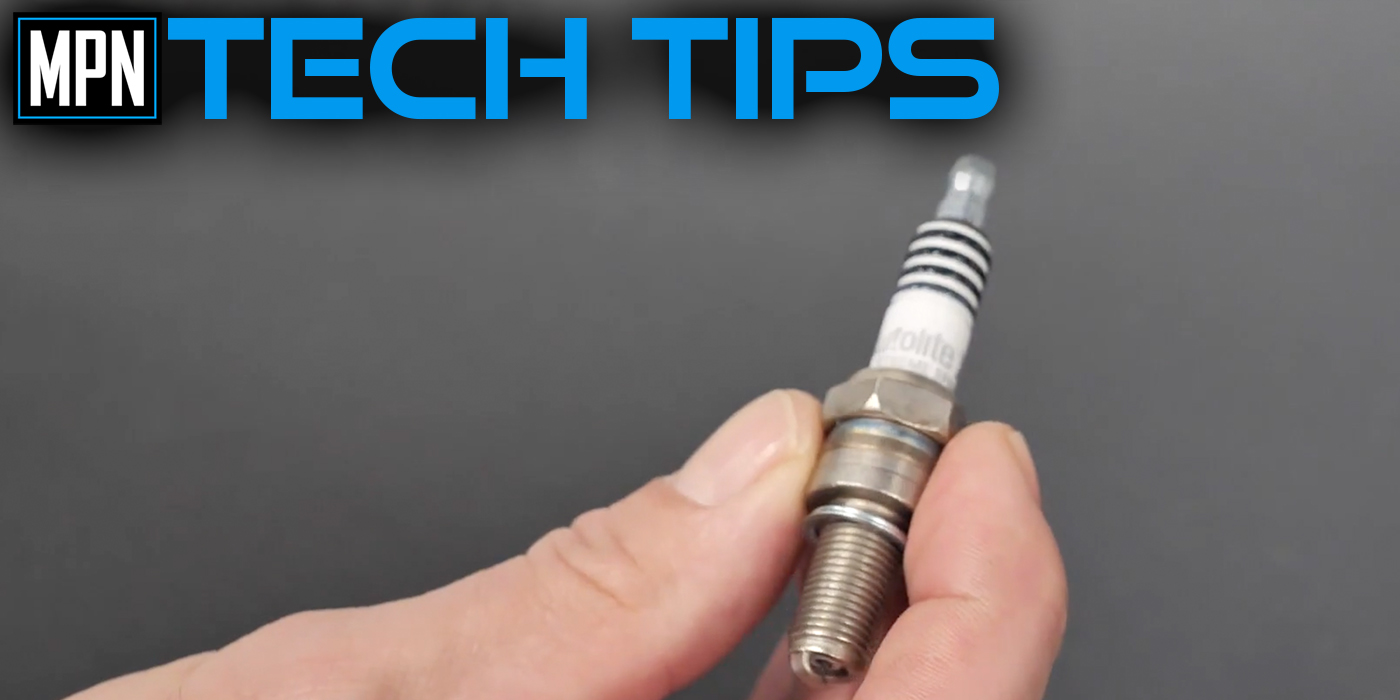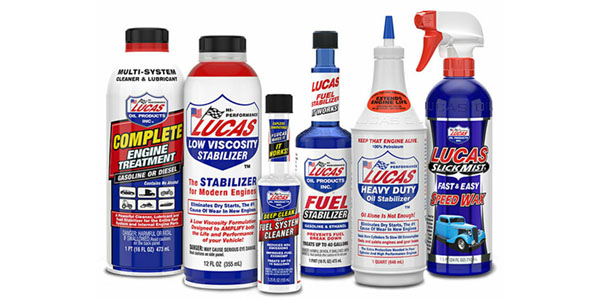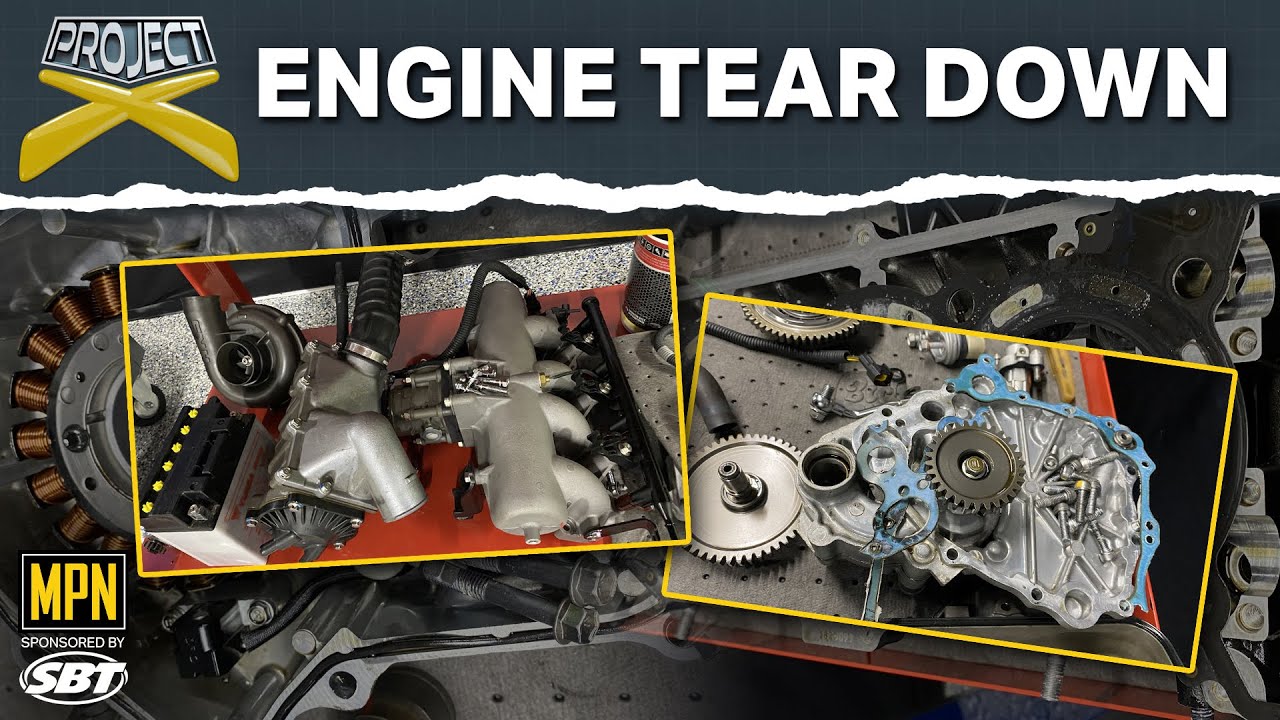In a previous issue we went over mechanical fuel delivery system problems associated with carburetor equipped engines. The final mechanism of fuel delivery to the carburetor is the float valve. The float valve is a fantastically simple mechanism to regulate fuel needs for the carburetor. Unfortunately, it is often problematic when fuel is left in the carburetor for an extended period of time.
The float valve has three main components: an orifice (seat), a needle, and a float. The needle rides inside the orifice. When the needle is forced all the way in it blocks the orifice and stops fuel from flowing into the float bowl. Fuel can flow into the float bowl when the needle is retracted from the orifice. The movement of the needle is controlled by the float position.
In a dry carburetor the float valve should be open as the floats hang down in the empty float chamber and the needle is retracted from the seat. As fuel fills the float bowl, the float is lifted and moves the float needle further into the seat. Eventually, when the fuel reaches the specified level the needle should be fully seated in the orifice and block additional fuel from entering the float bowl.
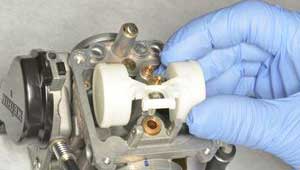
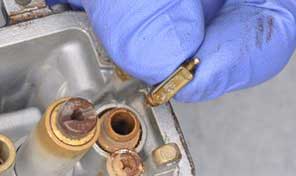
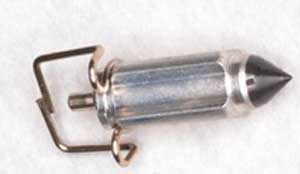
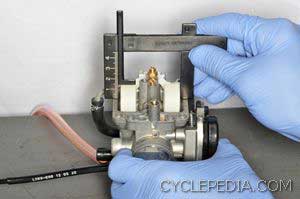
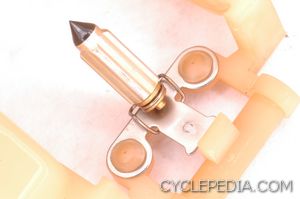
The fuel level can become excessive if the float valve sticks open, cannot seal, or opens too much (Figure 1). This can cause a rich condition and fouled plugs while the engine is running. When the engine is not running, fuel will continue to pour into the carburetor. The fuel level will rise until it finds its way out a vent, makes its way into the airbox or empties into the engine.
A faulty float valve can result in a hydro locked engine if enough fuel makes its way inside the cylinder and/or leaks into the crankcase. If gasoline has entered the engine carefully clear the cylinder and change the oil. Oil that smells of gasoline is a sign of gas contamination from a faulty float valve.
If the float valve sticks closed or opens too little the fuel level will be insufficient. This can result is a lean condition while the engine is running. That is if the engine will start and run at all.
To inspect a float valve remove the pivot pin and float. Often the needle will come out with the float. Check the float to see if any fuel has worked its way inside the plastic float bodies. Replace the floats if they have fuel in them.
Inspect the float valve orifice/seat for wear and contamination (Figure 2). The valve may stick or fail to seal if there is a problem with the valve seat. Clean the valve seat with carburetor cleaner and compressed air like a fuel jet. Do not use a wire brush that can damage the soft valve seat. Replace the valve seat if it is damaged. The valve seat may be able to be replaced independently of the carb body, but often the carb body must be replaced as a whole if the needle valve seat is faulty.
Inspect the needle tip for wear (Figure 3). If the tip shape deviates from a cone, replace the float valve. Depress the float valve plunger and make sure it springs back out. If it doesn’t, replace the float valve needle.
Check the float height with the float valve assembled (Figure 4). Hold the carburetor so the float tang is resting on the spring loaded plunger in the float valve, but do not compress it. Measure the distance from the float bowl mating surface to the highest point on the float or as indicated in the service manual. Compare your reading with the specification.
Some carburetors have a fuel level specification in addition to or in place of the float height specification. With the carburetor installed, connect a clear hose to the float drain. Bend the hose in a U-shape and hold the hose against the carburetor body. Open the drain screw and compare the fuel level to the reference in the service manual.
Most floats can be adjusted to change the float height or fuel level (Figure 5). Bend the metal tang to change the float height. If the float is plastic it can’t be adjusted and must be replaced.
Cyclepedia Press LLC authors powersports service manuals, a specification database and training modules to help technicians efficiently service ATVs, motorcycles, scooters and side by sides. Each month Cyclepedia examines real life shop scenarios with recommended tech tips for handling the problems encountered. For more information about Cyclepedia manuals and professional products visit www.cyclepedia.com.



